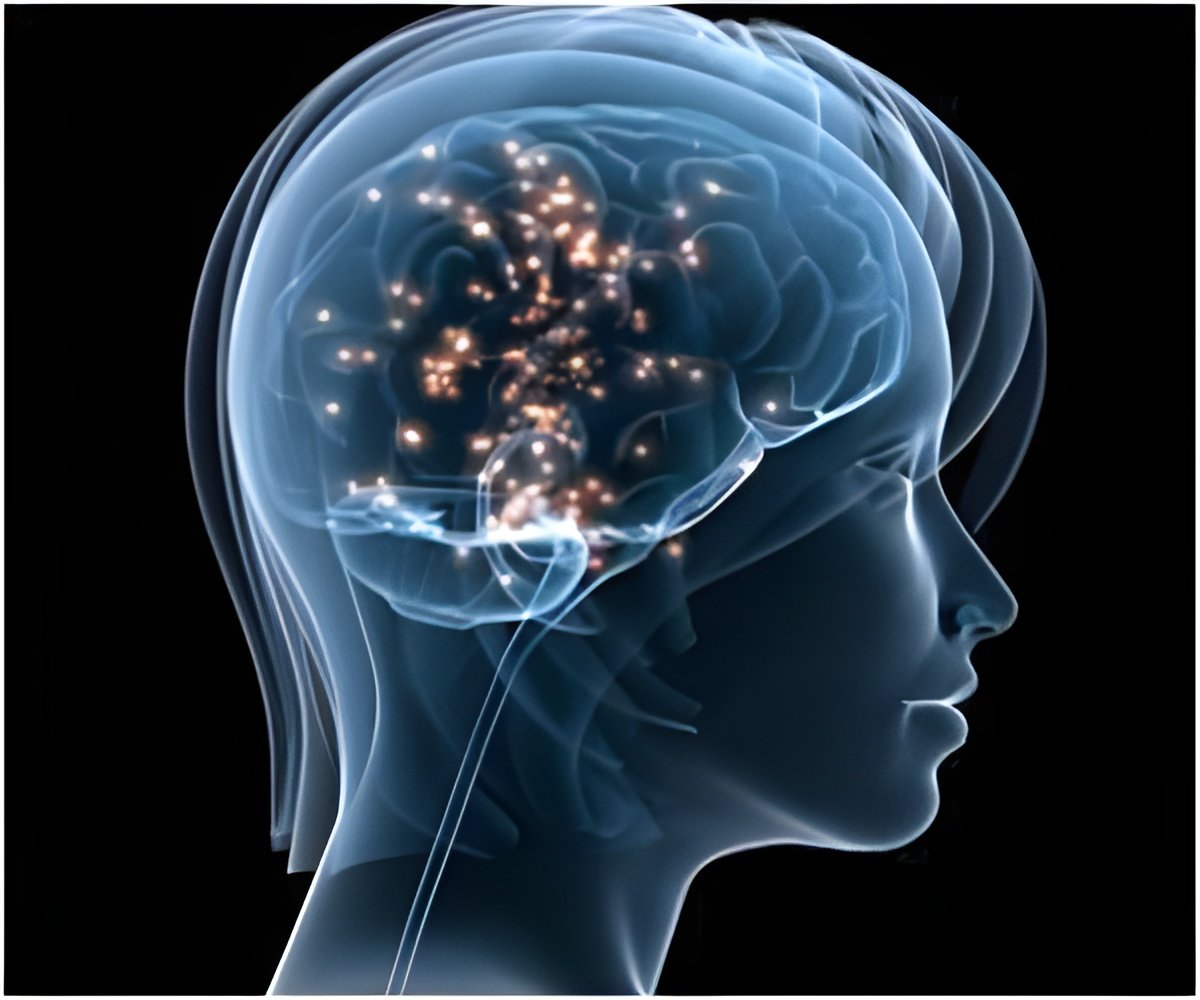Though it is known that low-frequency repetitive transcranial magnetic stimulation has antiepileptic effects, the mechanism of its working is still unclear

In their study, an epilepsy model was established using lithium-pilocarpine intraperitoneal injection into adult Sprague-Dawley rats, which were then treated with repetitive transcranial magnetic simulation for 7 consecutive days. Nonlinear electroencephalographic parameters were obtained from the rats at 7, 14, and 28 days post-stimulation.
Results showed significantly lower mean correlation-dimension and Kolmogorov-entropy values for stimulated rats than for non-stimulated rats. Low-frequency repetitive transcranial magnetic simulation has suppressive effects on electrical activity in epileptic rats, thus explaining its effectiveness in treating epilepsy. These findings were published in the Neural Regeneration Research (Vol. 8, No. 27, 2013).
Source-Eurekalert













